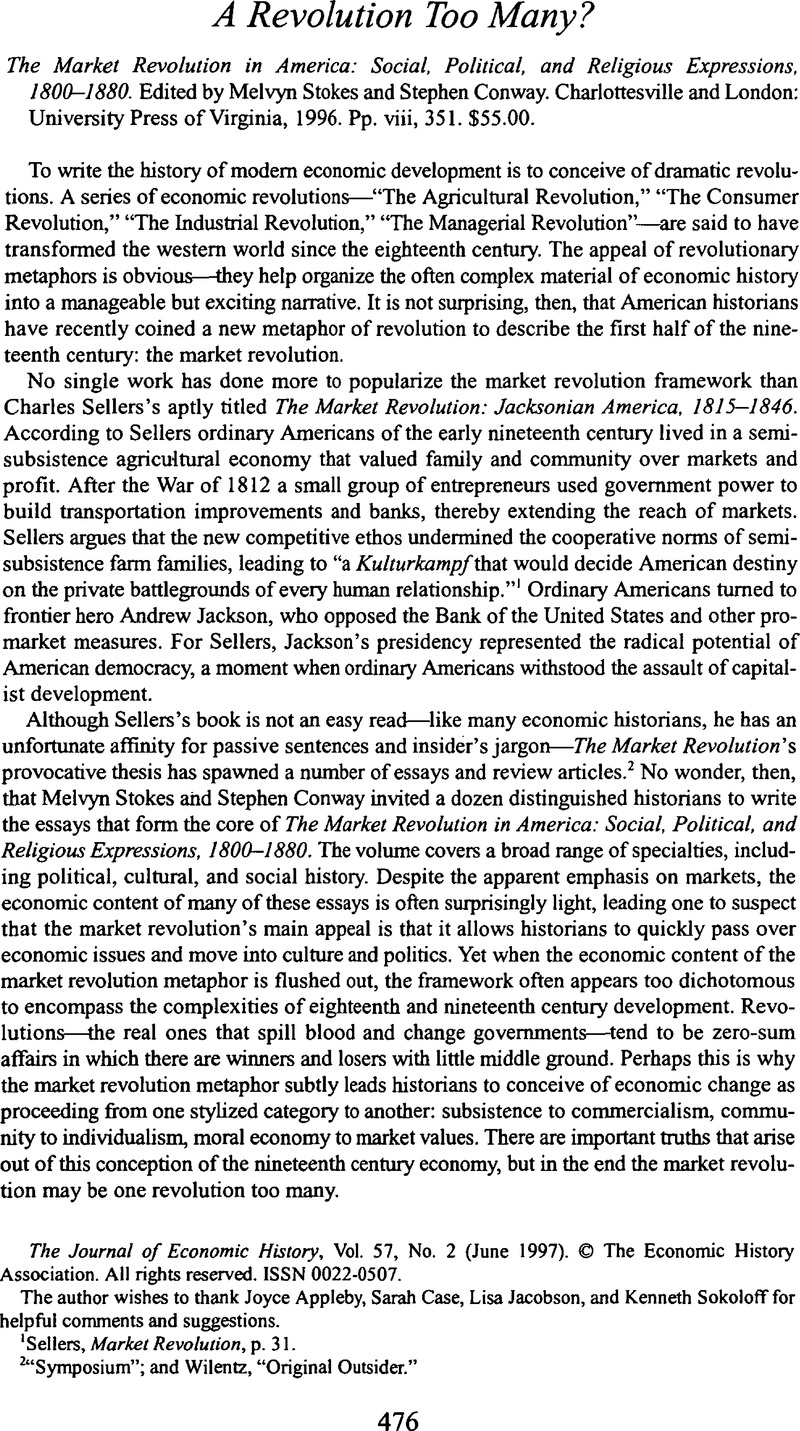Crossref Citations
This article has been cited by the following publications. This list is generated based on data provided by Crossref.
Przegalinska, Alexandra K.
and
Wright, Robert E.
2021.
AI: UBI Income Portfolio Adjustment to Technological Transformation.
Frontiers in Human Dynamics,
Vol. 3,
Issue. ,



